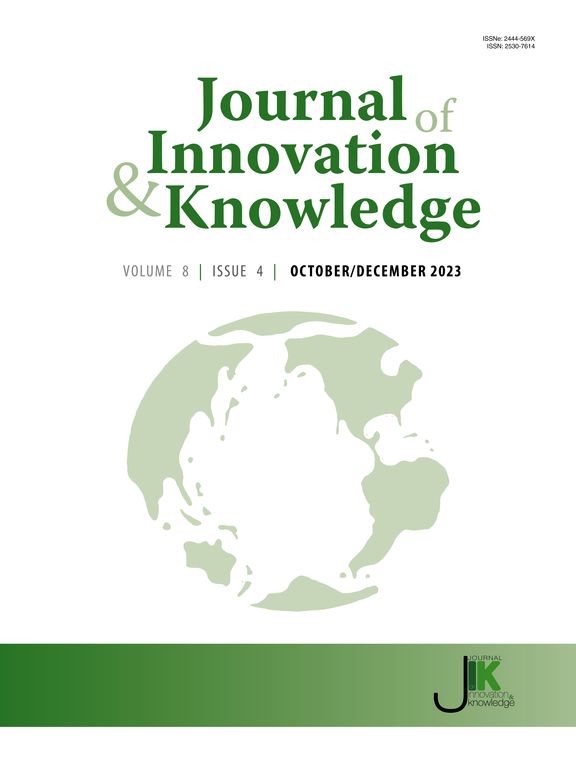买方透明度何时真正刺激供应商创新:动机-机会-能力视角
IF 15.5
1区 管理学
Q1 BUSINESS
引用次数: 0
摘要
虽然已经认识到买方透明度在供应商创新中的重要性,但其潜在机制仍未得到充分探讨。利用动机-机会-能力(MOA)框架,本研究考察了买方透明度(概念化为运营和战略透明度)影响供应商创新的机制。通过探索性因子分析(EFA)和验证性因子分析(CFA)验证了整体测量模型,包括新开发的买方透明度多维量表。最后,对334家中国制造业供应商的调查数据进行了层次回归分析,以检验假设。结果表明,买方透明度(机会)并不直接促进供应商创新。相反,它是有条件地通过供应商的吸收能力(能力)、客户导向和数字信任(动机)来实现的。通过细化买方透明度的概念和度量,将数字信任整合到开放式创新框架中,并实证检验供应商方因素的偶然作用,本研究推进了供应链管理与开放式创新的相关文献。本文章由计算机程序翻译,如有差异,请以英文原文为准。
When buyer transparency really stimulates supplier innovation: A motivation-opportunity-ability perspective
While the importance of buyer transparency in supplier innovation has been recognized, its underlying mechanisms remain underexplored. Drawing on the Motivation-Opportunity-Ability (MOA) framework, this study examines the mechanism through which buyer transparency—conceptualized as operations and strategy transparency—affects supplier innovation. The overall measurement model, including a newly developed multidimensional scale of buyer transparency, was validated through exploratory factor analysis (EFA) and confirmatory factor analysis (CFA). Finally, survey data from 334 Chinese manufacturing suppliers were analyzed using hierarchical regression analysis to test the hypotheses. The results reveal that buyer transparency (opportunity) does not directly enhance supplier innovation. Rather, it does so conditionally through suppliers’ absorptive capacity (ability), customer orientation, and digital trust (motivation). By refining the conceptualization and measurement of buyer transparency, integrating digital trust into the open innovation framework, and empirically examining the contingent role of supplier-side factors, this study advances the literature on supply chain management and open innovation.
求助全文
通过发布文献求助,成功后即可免费获取论文全文。
去求助
来源期刊

Journal of Innovation & Knowledge
Multiple-
CiteScore
16.10
自引率
12.70%
发文量
118
审稿时长
37 days
期刊介绍:
The Journal of Innovation and Knowledge (JIK) explores how innovation drives knowledge creation and vice versa, emphasizing that not all innovation leads to knowledge, but enduring innovation across diverse fields fosters theory and knowledge. JIK invites papers on innovations enhancing or generating knowledge, covering innovation processes, structures, outcomes, and behaviors at various levels. Articles in JIK examine knowledge-related changes promoting innovation for societal best practices.
JIK serves as a platform for high-quality studies undergoing double-blind peer review, ensuring global dissemination to scholars, practitioners, and policymakers who recognize innovation and knowledge as economic drivers. It publishes theoretical articles, empirical studies, case studies, reviews, and other content, addressing current trends and emerging topics in innovation and knowledge. The journal welcomes suggestions for special issues and encourages articles to showcase contextual differences and lessons for a broad audience.
In essence, JIK is an interdisciplinary journal dedicated to advancing theoretical and practical innovations and knowledge across multiple fields, including Economics, Business and Management, Engineering, Science, and Education.
 求助内容:
求助内容: 应助结果提醒方式:
应助结果提醒方式:


